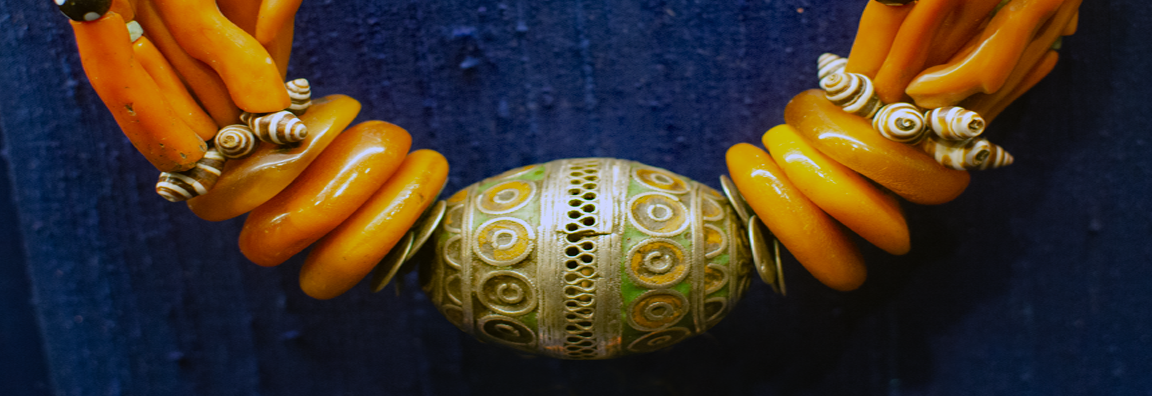
The Museum of Islamic Art
The
Museum
said it well so why try to better it?
“Islam began in the deserts of Arabia, in the city
of Mecca, birthplace of the Prophet Muhammad.
From there it spread rapidly throughout the Middle
East. Less than
a decade after Mohammad’s death in 632 AD, Islam had rocked
the foundations of Byzantium and Persia, the two greatest
empires of the time. … A century later, Islam encompassed
entire regions of Asia, North Africa, and southern Europe,
dominating an area larger than that ruled by the Roman
Empire at the height of its power.
Through its power of influence, Islam absorbed
numerous peoples and cultures and melt them into a single
civilization and thus it became a world religion.”

“The
Arabs
believe that God chose Arabic over all the other languages
to express his divine embodiment in the world.
Thus, the knowledge of God is contingent on the
knowledge of Arabic, the holy tongue of the Quran. … In the
7th century, the Arabic alphabet spread in a
whirlwind from the Arabian Peninsula to Syria, Iran,
southern Russia, Central and Southeast Asia, and even
reached India. … The many variations of script were
developed into a wide variety of exquisite, abstract
embellishments, elevating Islamic art to peaks of beauty and
sophistication.”
Usually,
Islamic
art does not have figures and animals.
Instead, it has much more calligraphy, geometric
patterns, and some floral designs.
It was quite interesting to see how this was woven
into architecture, ceramic tiles, pottery, carpets, and
jewelry. One of
the most beautiful objects in the exhibition was a glass
vase from 9th to 10th century Iran. Who even knew that
glass was made that long ago?
But, hands-down, no competition, my favorite items
in the entire museum were the Berber jewelry from Morocco. Could I be ever so
slightly biased after living there for two years?

The
9th - 10th Century glass and tiles from Iran

“Scholars refer to the extensive geographical region in which the Oriental rugs are woven as the ‘carpet belt’ which extends from North Africa, via the Middle East, West and East Asia, to North India. The population inhabiting this area was predominately Muslim, and the product was thus identified as Islamic. The hypothesis commonly accepted by scholars today is that the rugs were first woven in the eastern district of the ‘carpet belt’ inhabited by nomadic tribes that raised flocks of livestock. Rather than slaughtering the animals to use their skins, they wove the wool into fur-like rugs which they used when sitting on the ground.”
The
was so much to see and learn.
It truly is a museum worth the visit.
And, it left me shocked by one piece of
information. I
should have known this.
It should have been aware of this so long ago.
The Taj Mahal, built from 1632-48 to honor Mumtaz
Mahal, the wife of Emperor Shan Jahan, is considered to be
the crown jewels of Islamic Indian architecture.
I knew it was Indian architecture, but the Islamic
influence never entered my mind.

Berber Jewelry from Morocco
Yep, The Museum of Islamic Art is so well worth the visit.